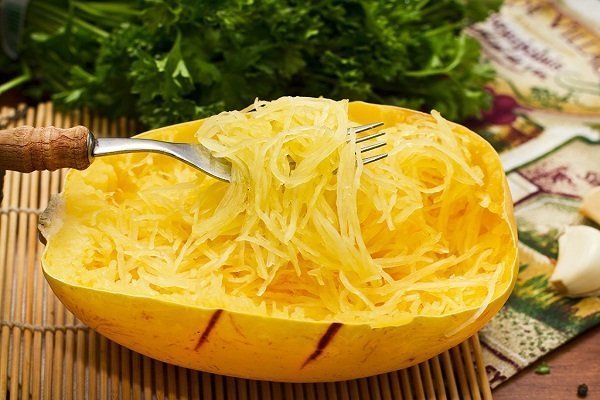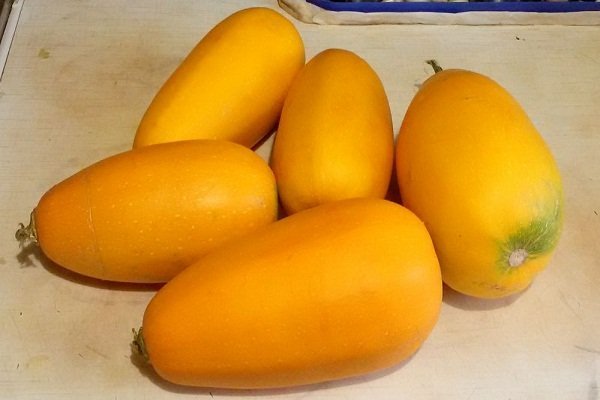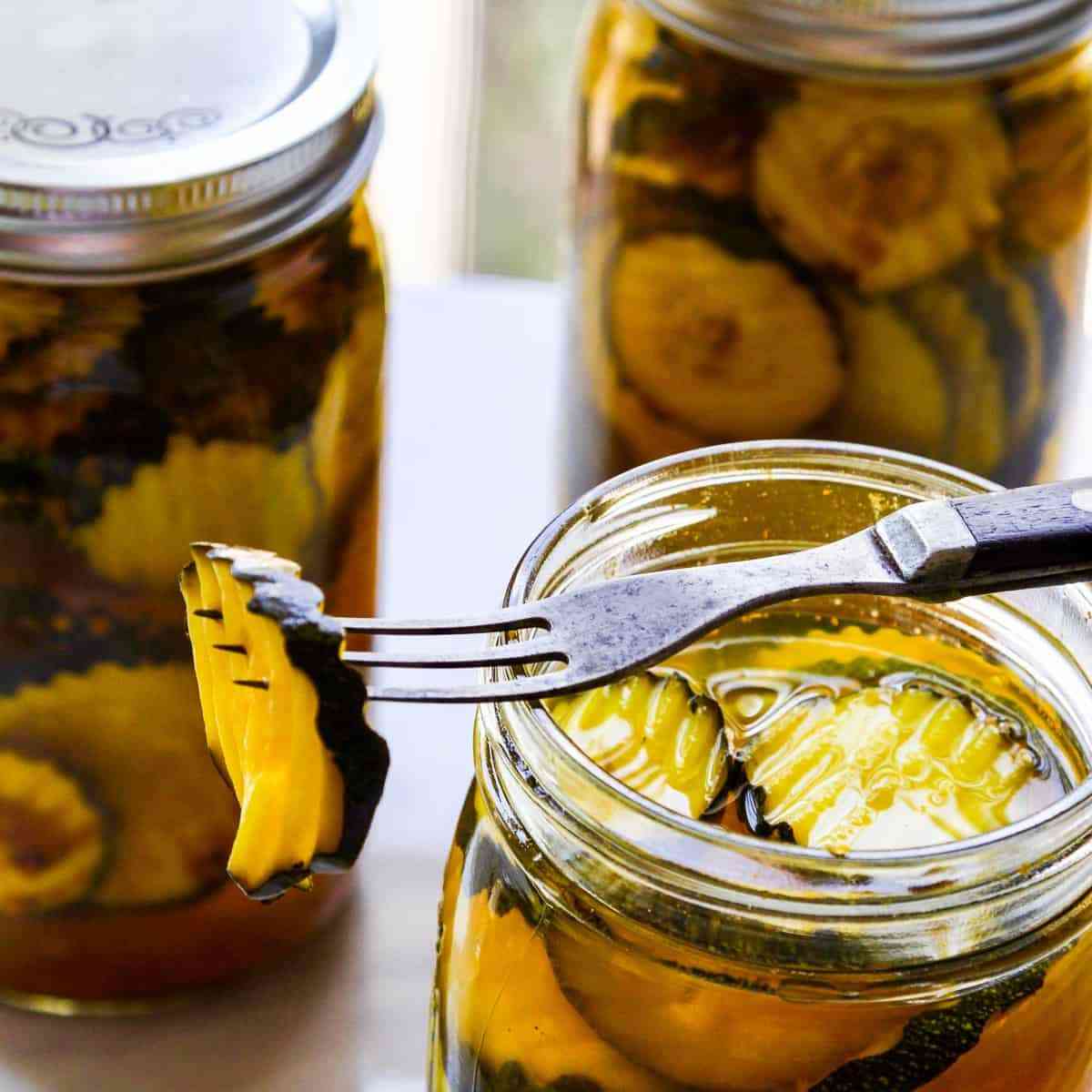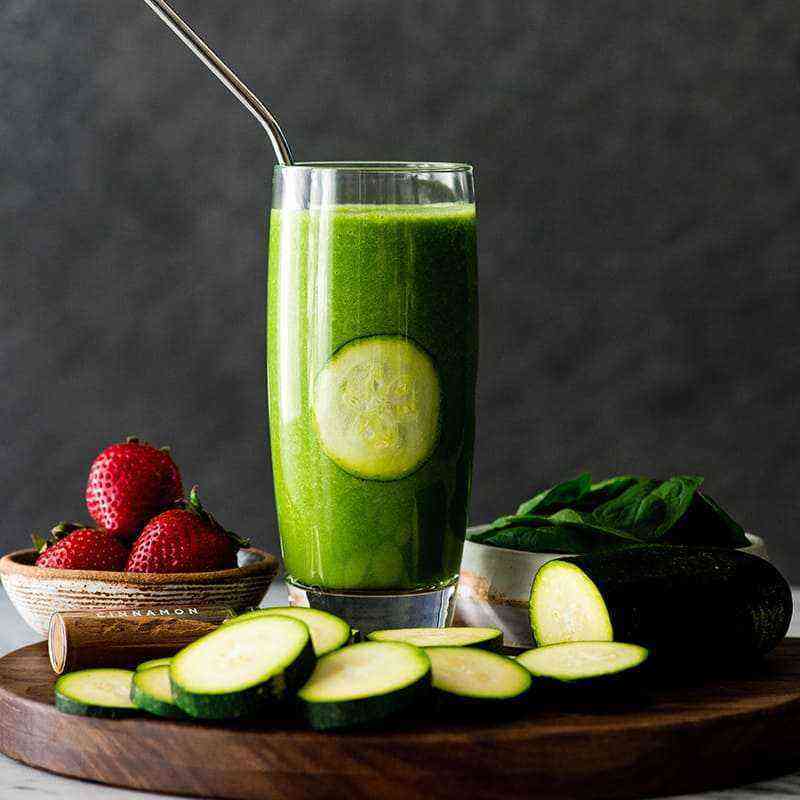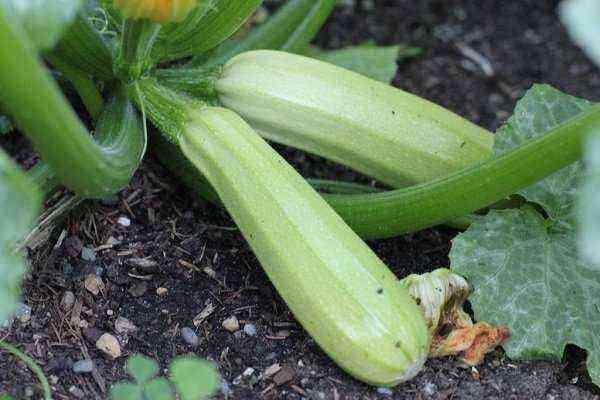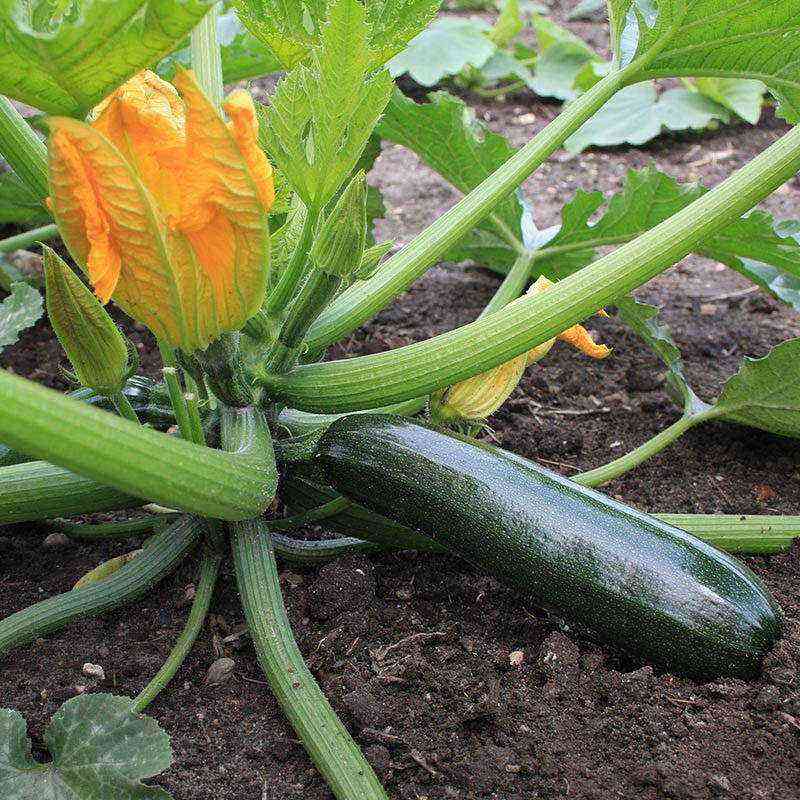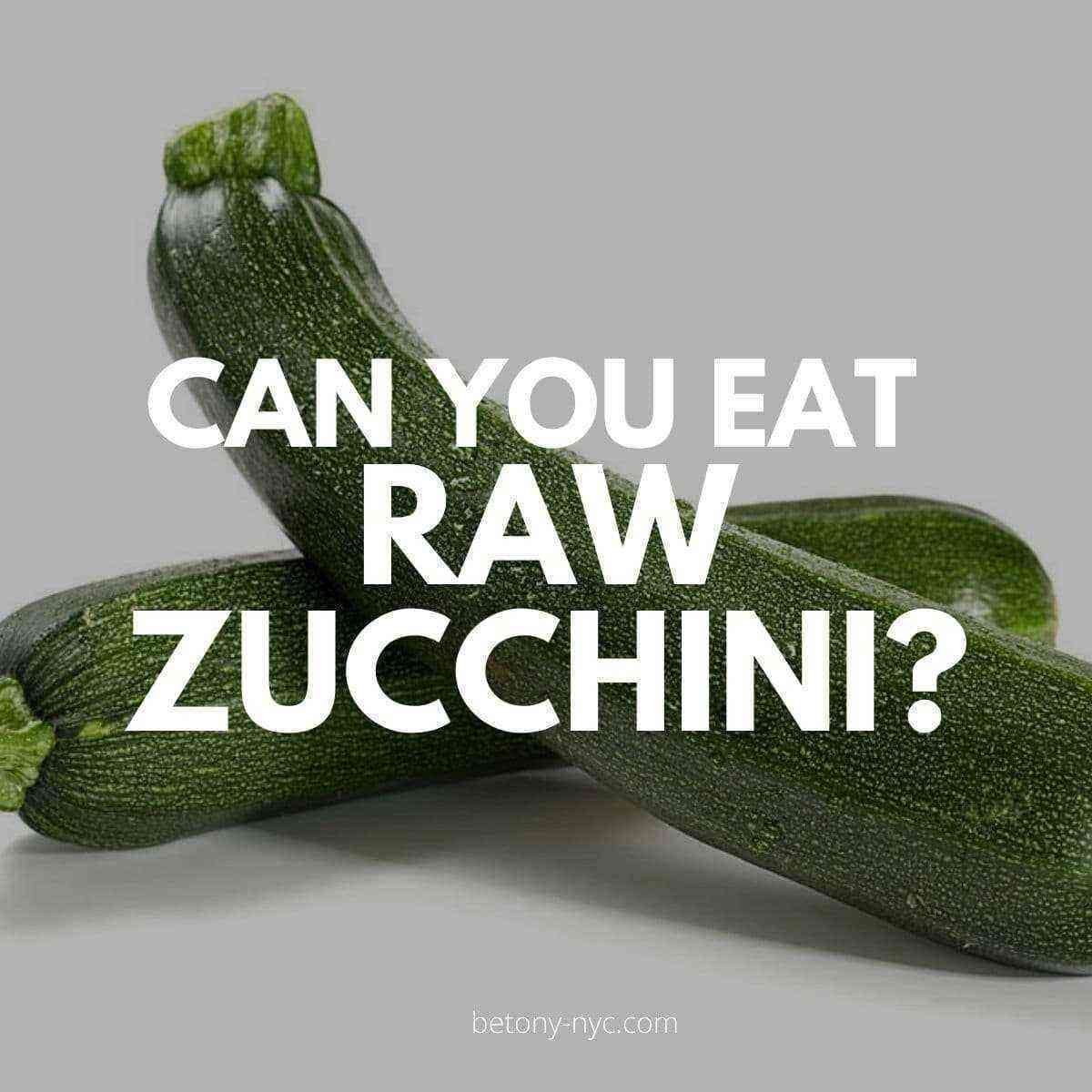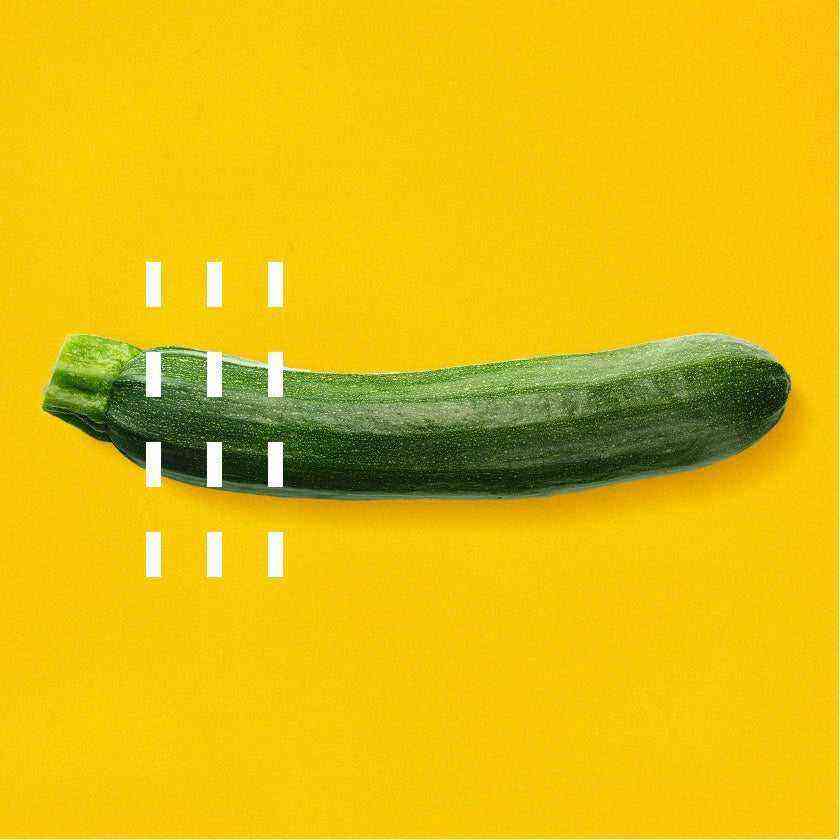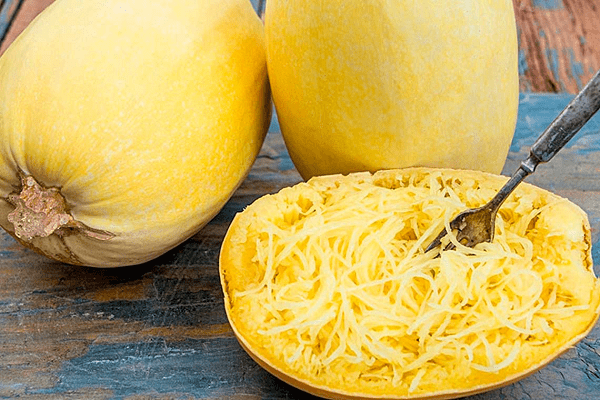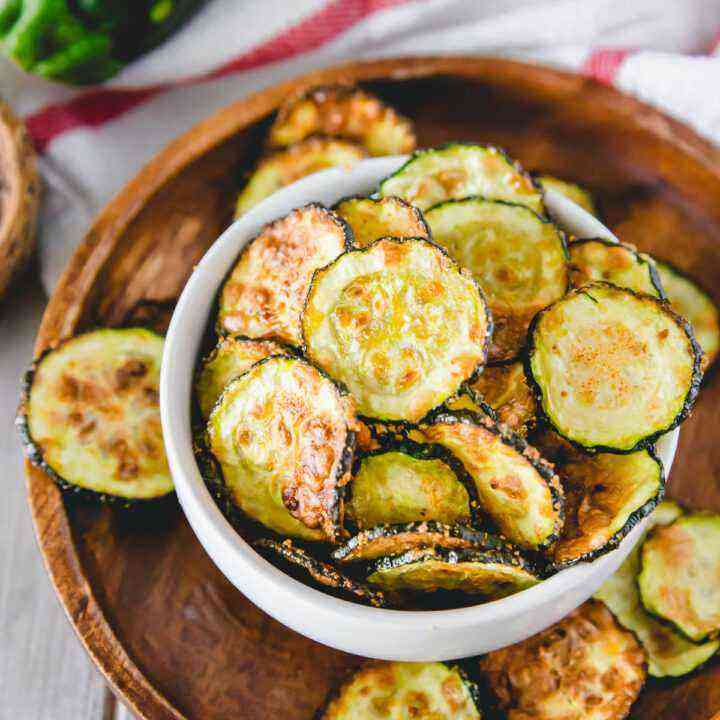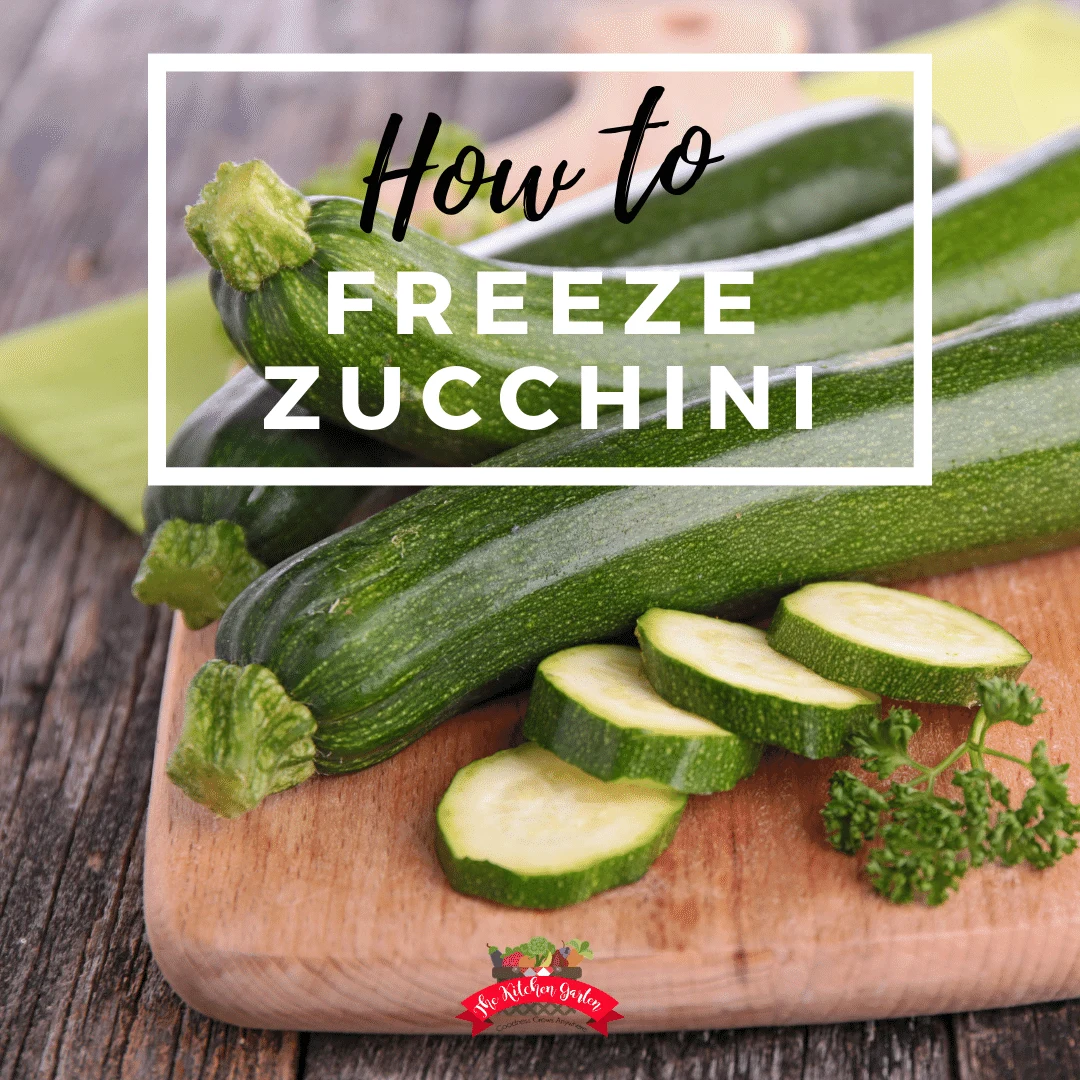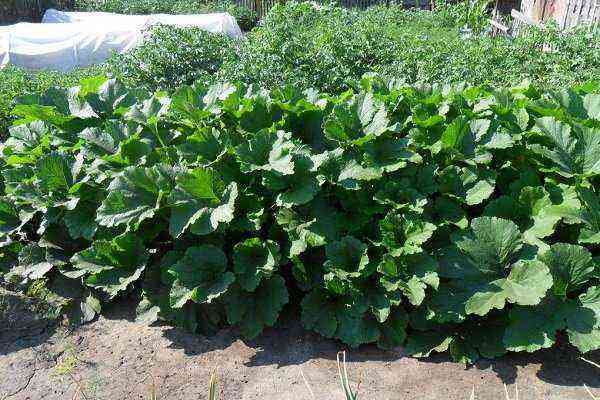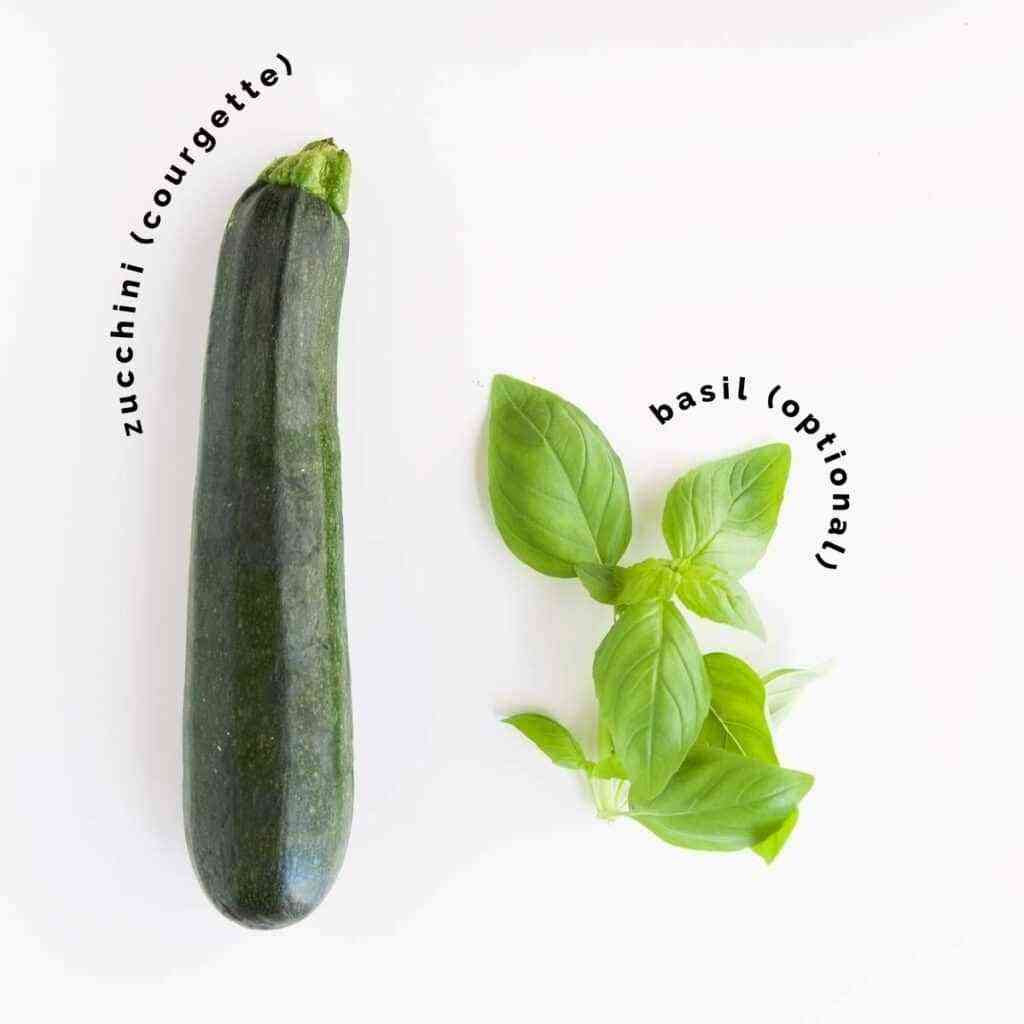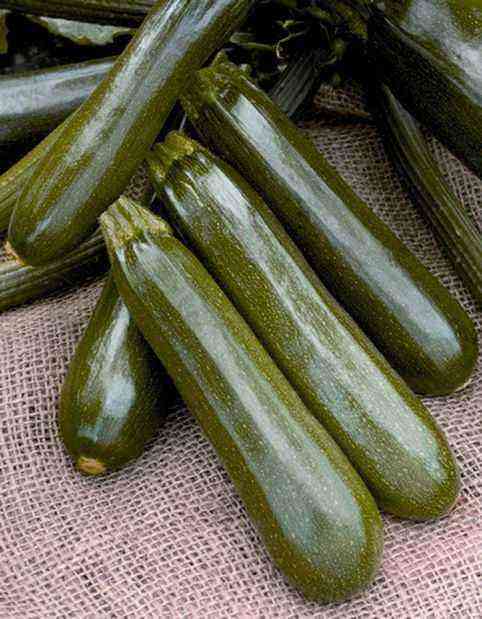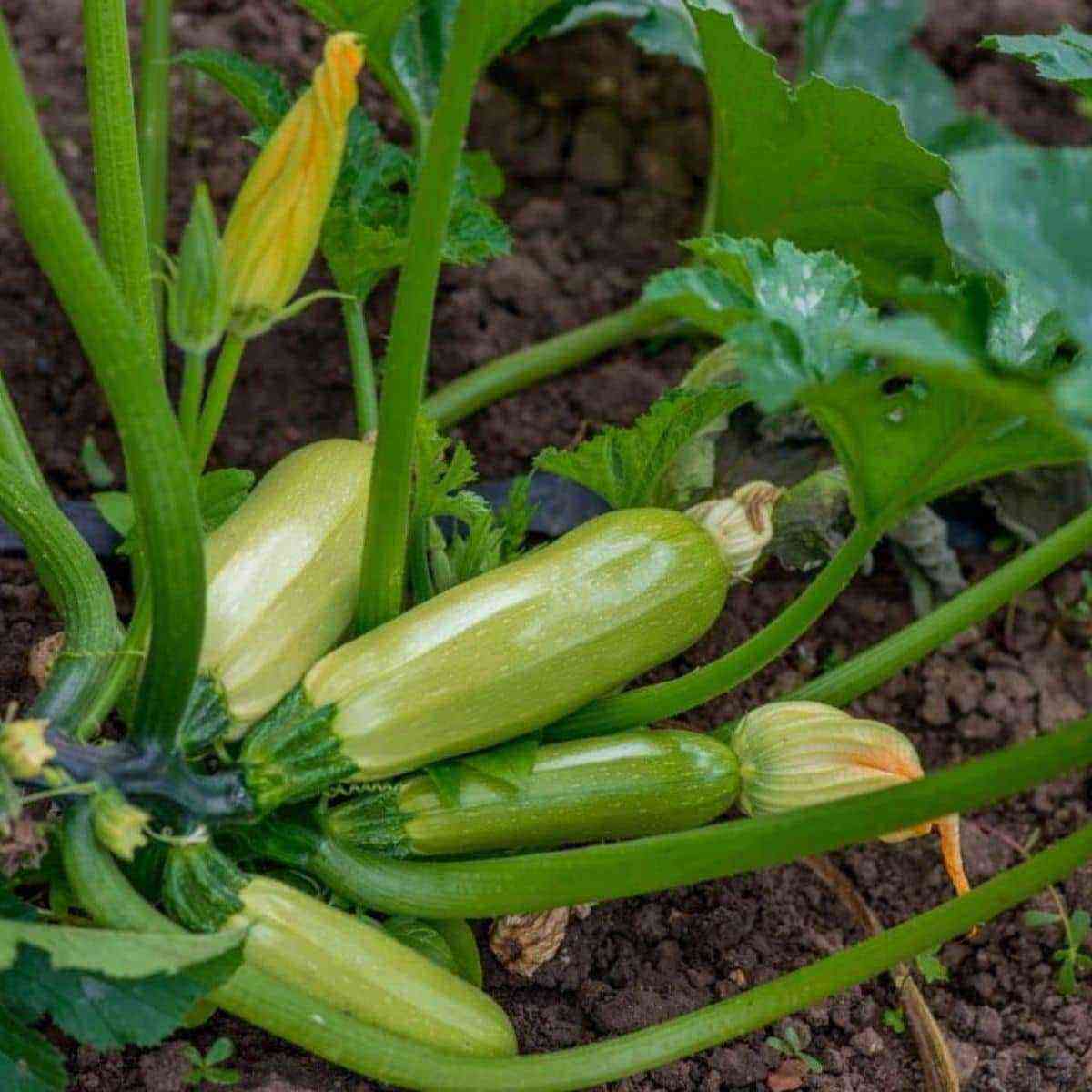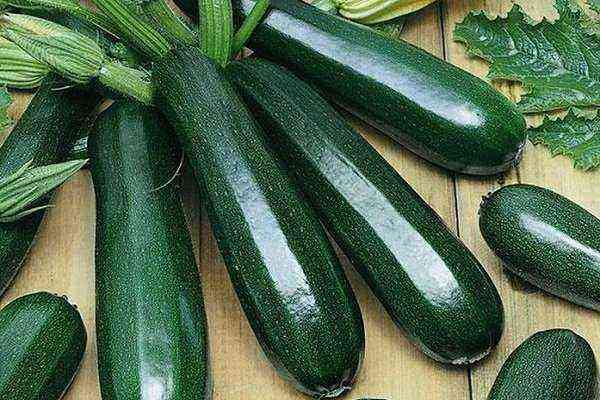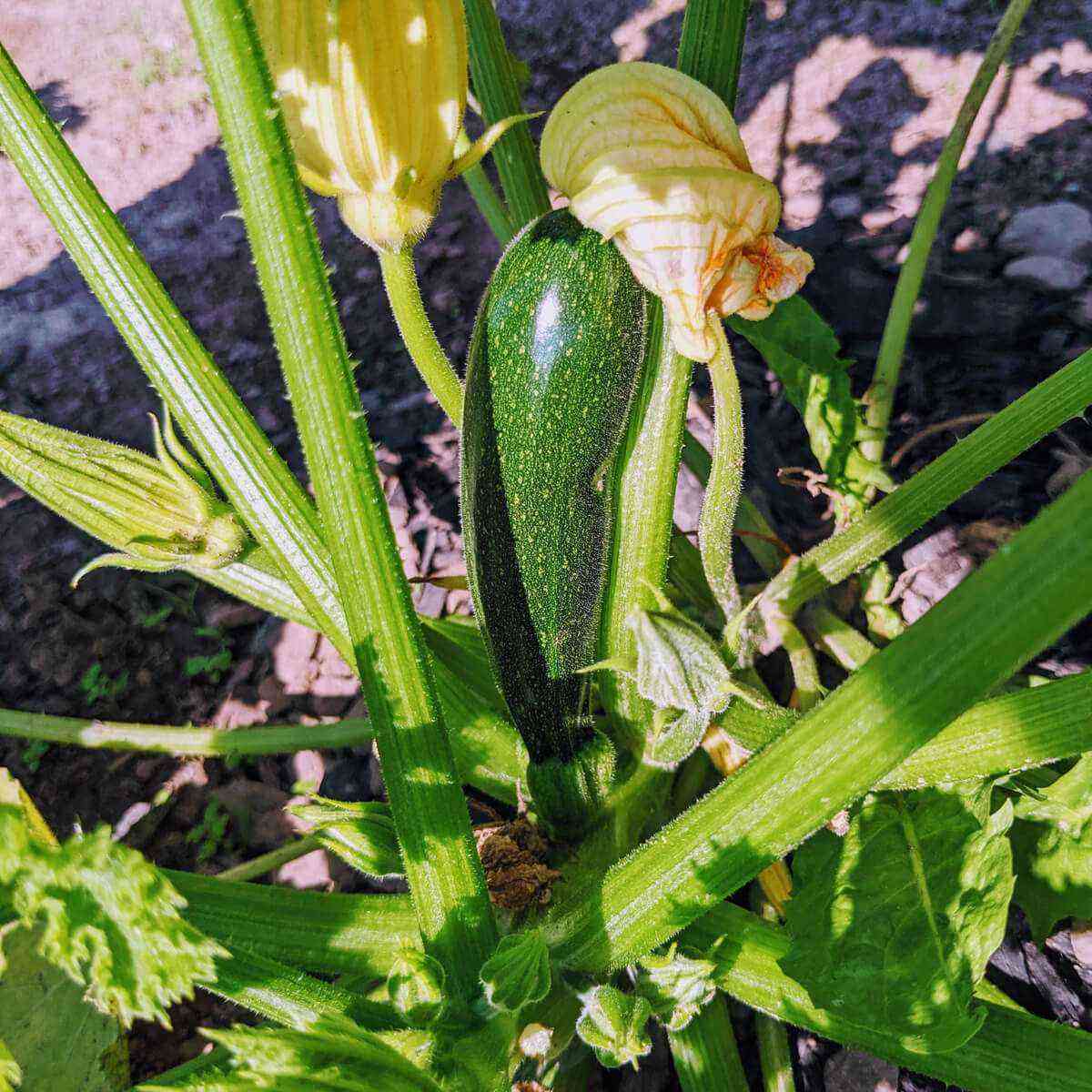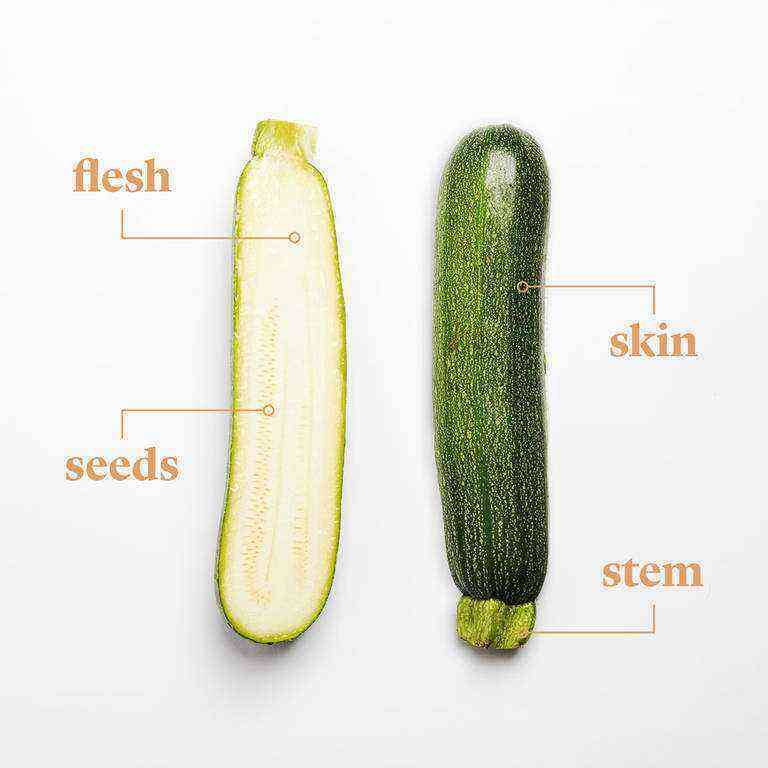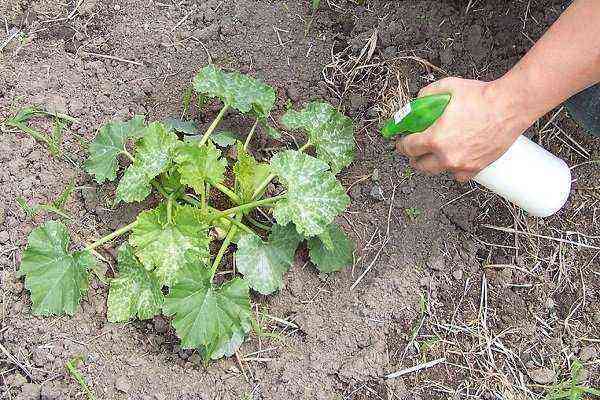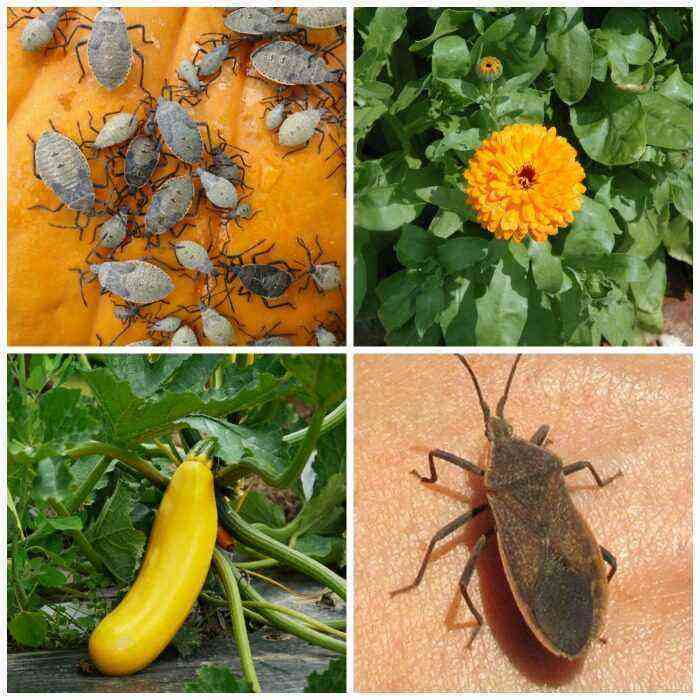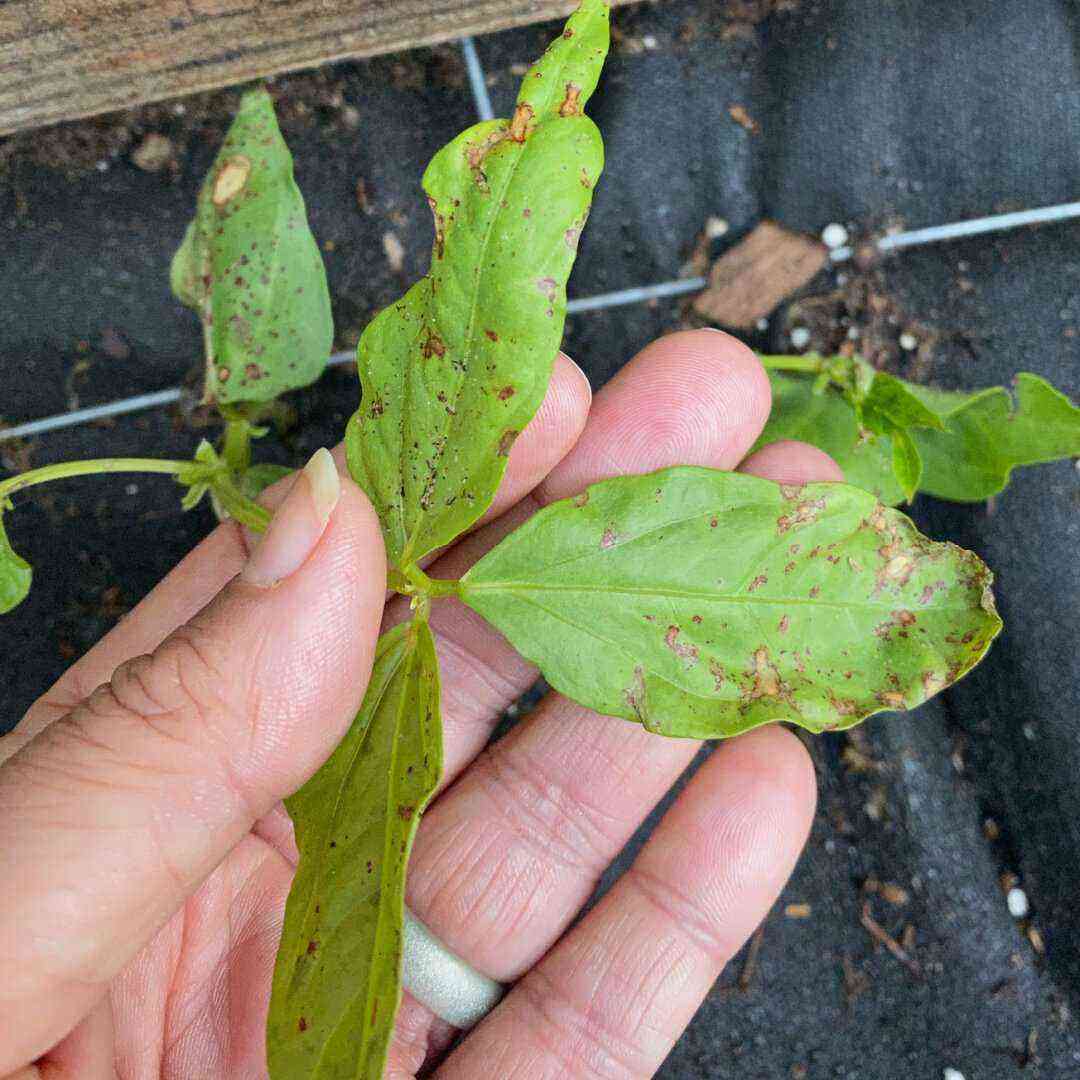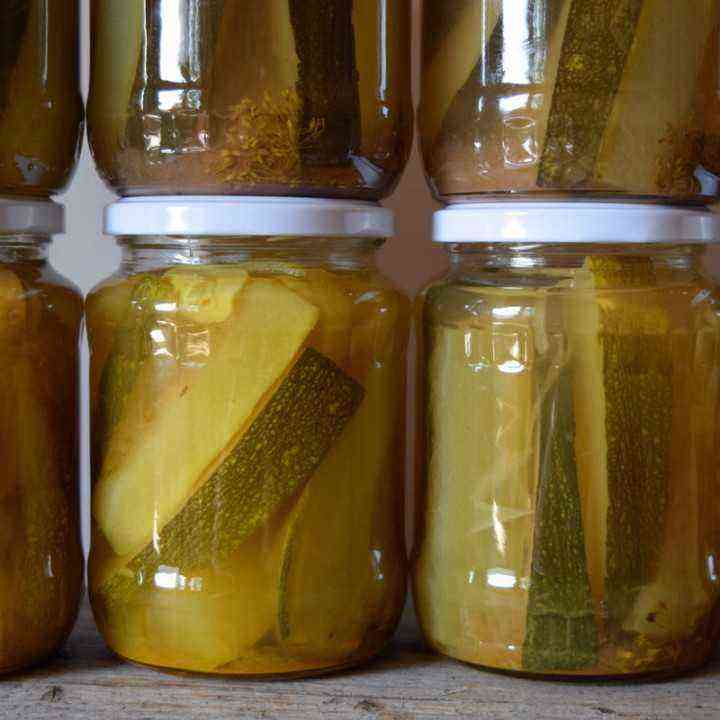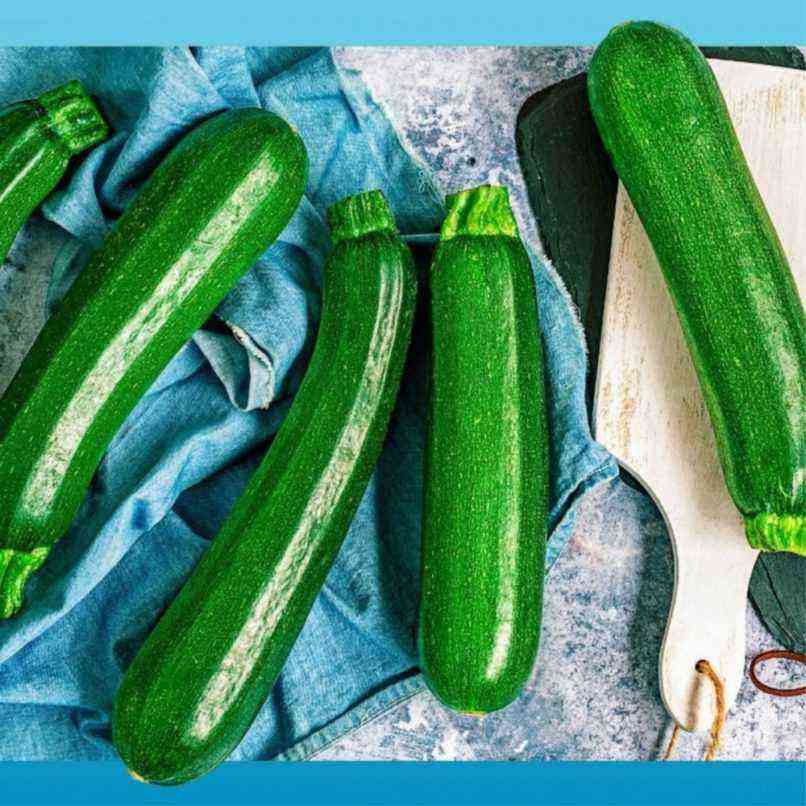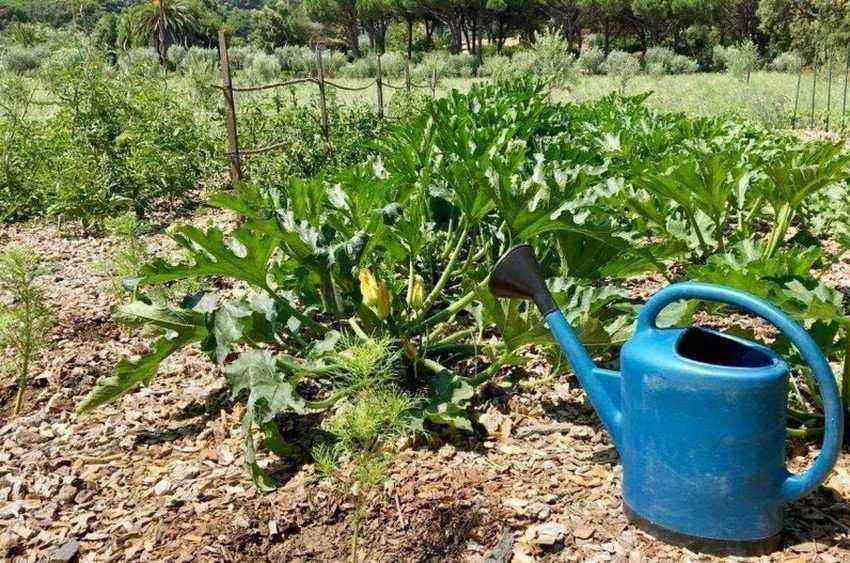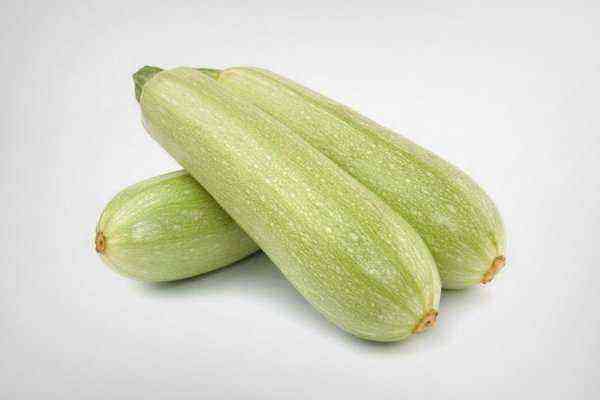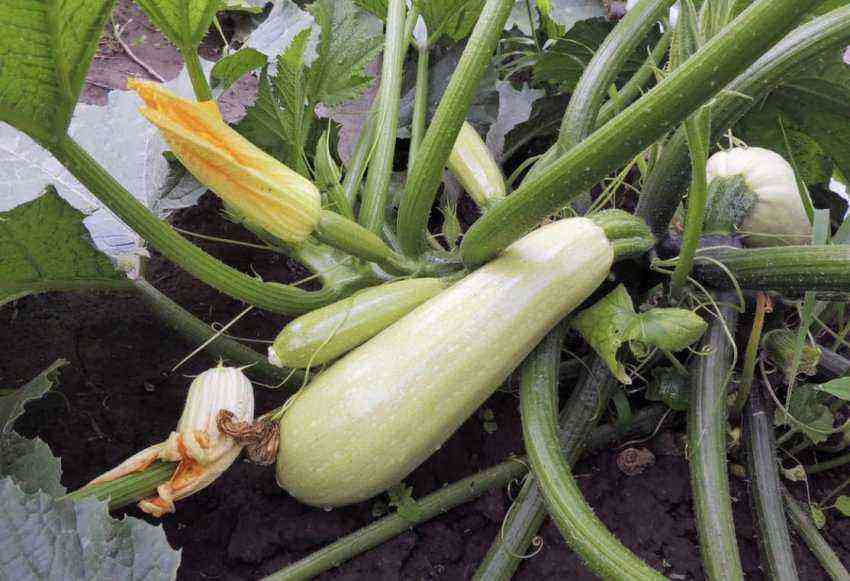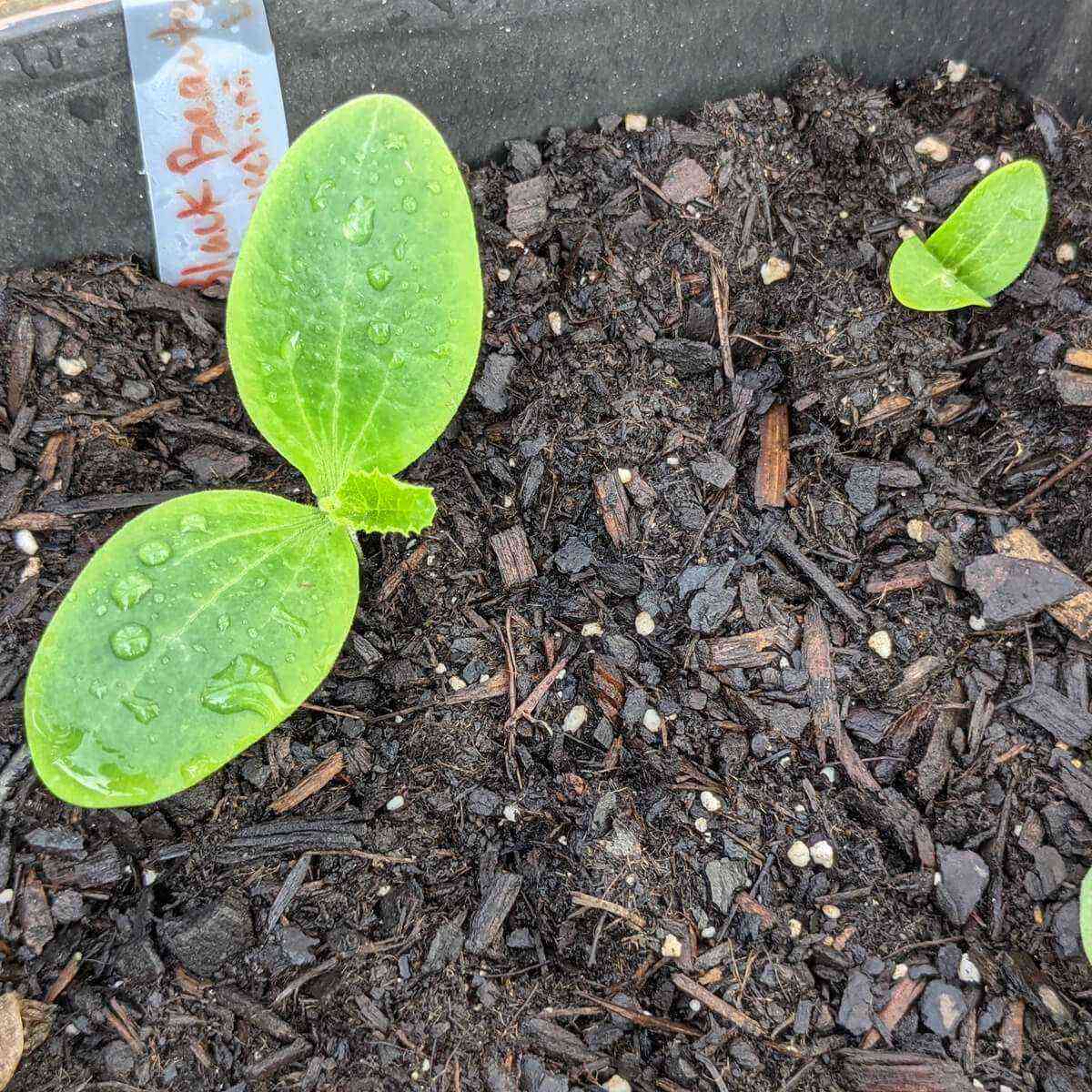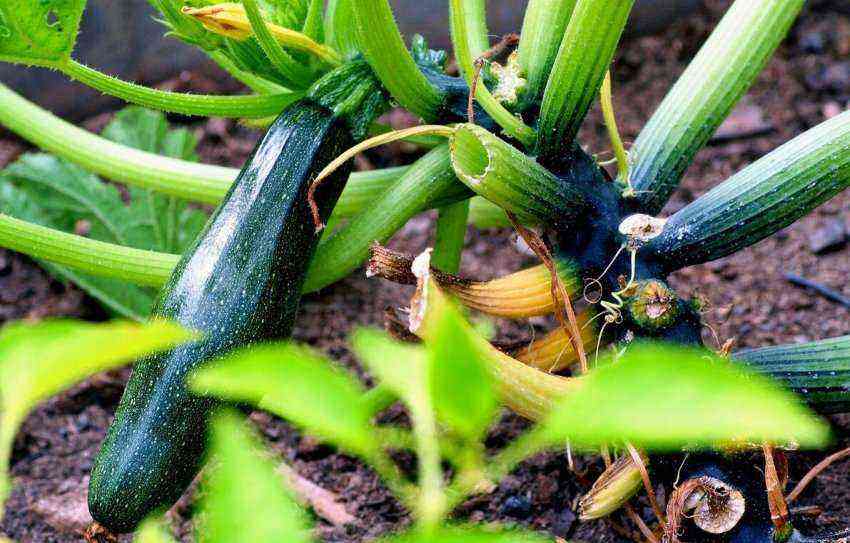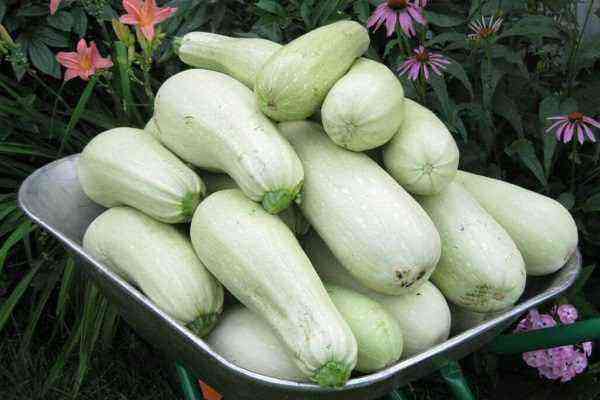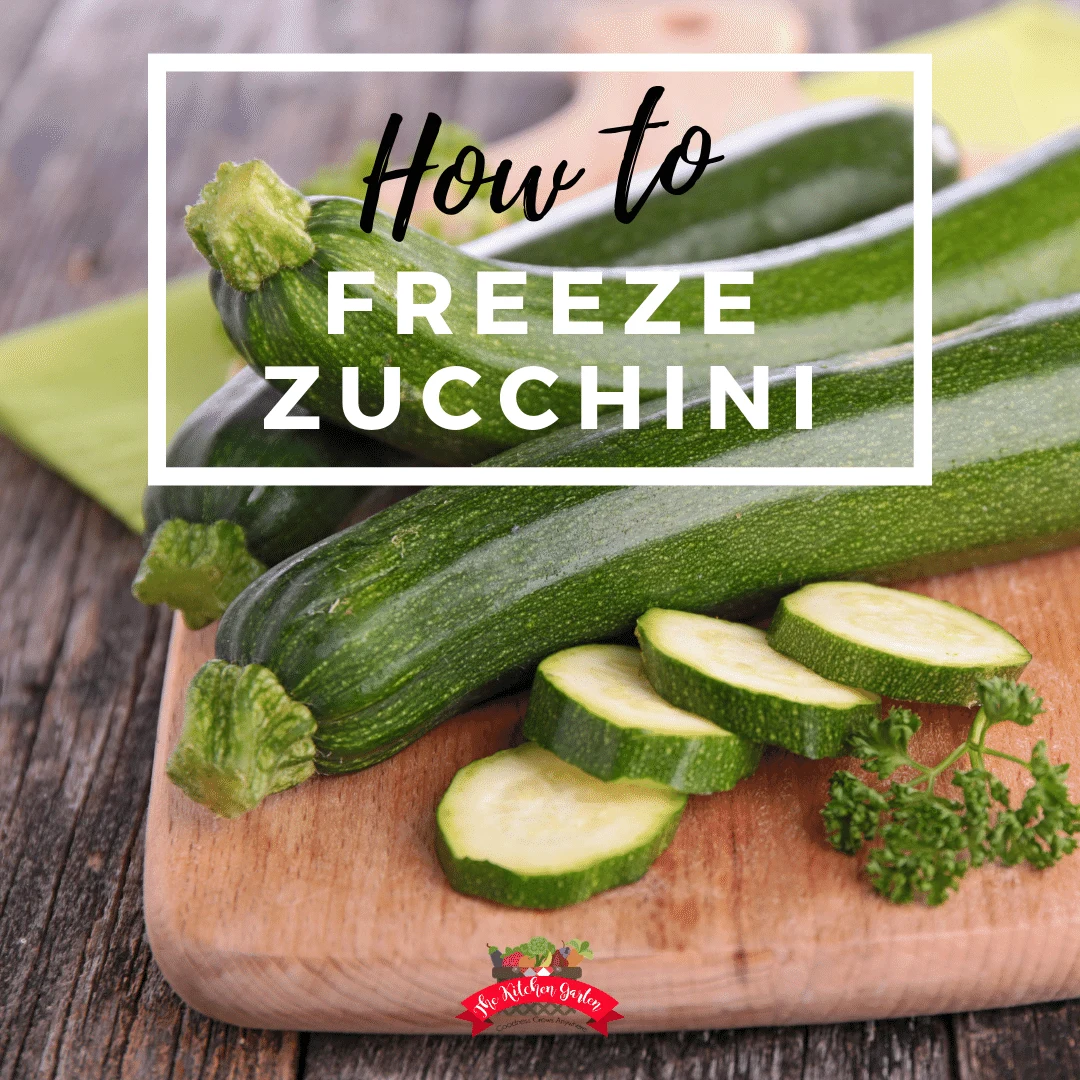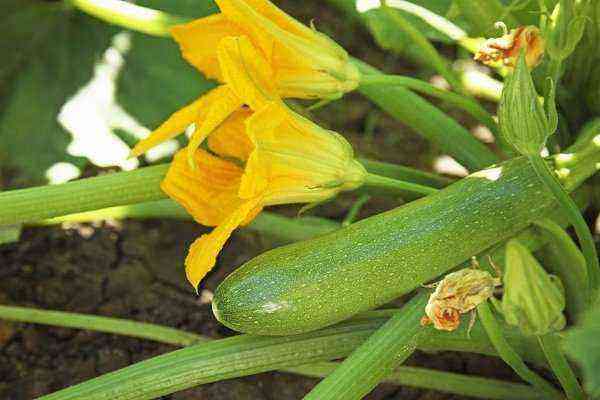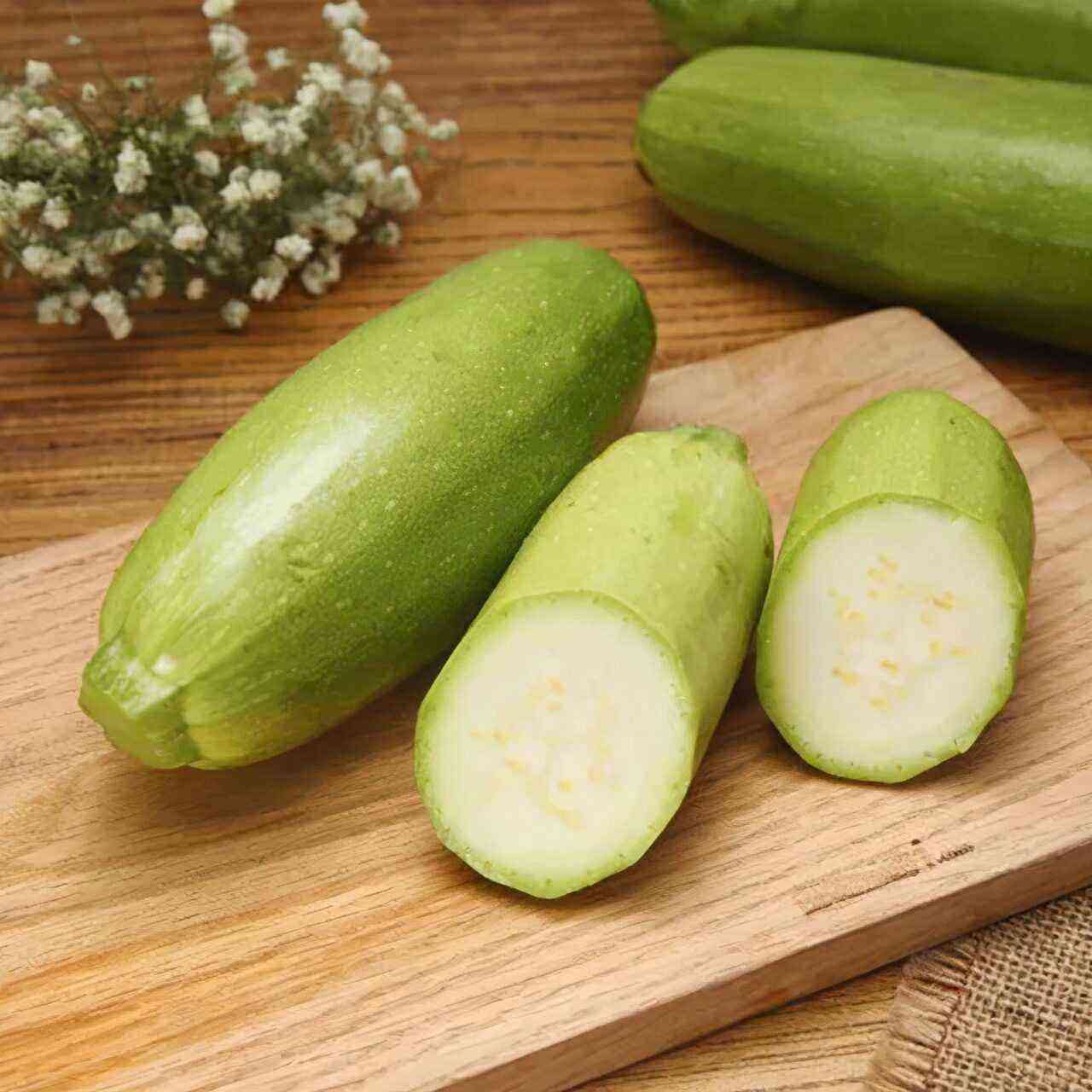Gardeners evaluate Spaghetti zucchini in different ways, but they agree that this is an original variety that needs to be grown on your site at least once. It is not difficult to get a crop of fruits with “pasta” pulp, since this crop is grown in the same way as other varieties of zucchini.
Zucchini Spaghetti
Spaghetti zucchini can be eaten fresh
Spaghetti squash is drought tolerant
Variety description
Gardeners who love to grow unusual crops have recently paid more and more attention to Spaghetti zucchini, the characteristics of which can be found below:
Parameter Description Ripening period A variety with an average ripening period – 120-130 days pass from germination to fruiting. Features of the plant Spaghetti refers to bushy long-branched plants with a powerful root system. Each bush is covered with large emerald leaves and forms long lashes that need to be pinched periodically to stimulate the fruiting of a vegetable crop. The bush itself is compact and grows up to 40 cm. Appearance of the fruit The fruits have a cylindrical elongated or oval shape, which resembles elongated and “pot-bellied” melons. In length, they can reach 20-30 cm, and in weight – from 700 g to 1,3 kg.
The fruits are covered with a dense peel, like a pumpkin. As it matures, its color changes from green to yellow, although there are varieties of whitish ripeness. Thanks to such a skin, the fruits have good keeping quality – they can be stored until spring.
Features of the pulp The pulp is thick and dense, has a creamy-orange color. In young fruits, it is no different from other zucchini – dense and uniform in texture.
When Spaghetti ripens to biological ripeness, the flesh acquires a fibrous structure and turns into “pasta”.
Scope of application Spaghetti squash is a versatile variety that can be used fresh (added to salads), canned or used to prepare warm dishes.
If the whole fruit is dipped for 30 minutes in boiling water, and then divided in half and the seeds removed, then you can get vegetable “noodles”.
The fact is that under the pressure of high temperatures, the inner part of the fruit breaks up into fibers, which resemble pasta. You can serve this pulp with sweet or sour sauce.
Representatives of Spaghetti squash There are several varieties of squash that are classified as Spaghetti. All of them outwardly resemble an oblong pumpkin and, upon reaching biological ripeness, turn into different yellowish shades.
The fruits are characterized by a hard peel, so they can be stored and transported for a long time. The plants themselves have long lashes, but are undemanding in care. The most delicious zucchini with these characteristics are:
- Spaghetti Raviolo. Mid-season variety that bears fruits in the form of a cylinder. When they reach technical ripeness, they become white, and when fully ripe – yellow. The flesh itself has an accepted creamy-orange hue.
- Spaghetti Portion F1. Hydride with a maturation period of 85-90 days. The fruits are oval and yellow-orange, have a fibrous pulp of rich yellow color. Weigh an average of 800 g.
Productivity Spaghetti does not apply to high-yielding varieties of zucchini, but bears fruit steadily. From 1 sq. m beds you can get an average of 5-7 kg of fruit. Resistance to environmental conditions and diseases The variety endures drought and slight temperature fluctuations. Possesses weak immunity to powdery mildew and bacteriosis, medium immunity to fruit rot. Plantings should be regularly inspected in order to detect the disease in a timely manner.
At the place of cultivation, the vegetable is great for the middle lane and southern regions.
Agrotechnics
For the successful cultivation of a vegetable, you need to know a number of agrotechnical rules:
- Terms of planting. Planting should be done after the danger of frost has passed. By this time, the daily temperature should be at +25…+27°C, and the soil should warm up to +15°C. If planting is done in seedlings, seeds should be sown in April, and seedlings should be planted in a permanent place in May or June. If you plan to sow zucchini immediately into the ground, then this should be done between the end of May and the beginning of June.
To get an early harvest, the seeds can be planted in a greenhouse, and then the seedlings can be transplanted or the film can be opened so that the vegetable develops in natural conditions.
- Site Selection. You need to plant zucchini in areas with good lighting, which are reliably protected from winds and drafts. You can do this in the shade of an empty flower. If the area is open, to protect the zucchini along the perimeter of the garden, it is worth planting a “wall” of corn. Its best predecessors are nightshade crops, onions, garlic and cabbage. As for the land, Spaghetti prefers fertile sandy and loamy soils, but zucchini can also be grown on black earth or clay.
To make heavy soil more crumbly, you need to add sand or peat in a ratio of 2: 1.
- Soil Preparation. It is advisable to dig up the soil on a shovel bayonet in the fall and add organic matter (compost, humus) at the rate of 6-8 kg per 1 sq. m. Under the autumn digging, it is also worth making 0,5 liters of wood ash. If soil preparation is done in the spring, then you need to do the same, but only 2 weeks before planting the zucchini.
- seed Processing. To disinfect the seed, it must be dipped in a solution of potassium permanganate for 20-30 minutes. Next, the seeds need to be soaked for 2-3 days in a growth stimulator (for example, Epin). An alternative option is to place the seeds in a damp cloth and keep them in a warm place for 3-4 days so that they hatch. During these days, the fabric needs to be moistened.
Sowing Spaghetti Zucchini
Planting technology depends on how the culture is cultivated.
Through seedlings
This method involves growing strong seedlings. It is carried out according to standard technology in compliance with the following rules:
- For sowing, use separate containers – peat cups, which can be immersed in the holes along with the plant’s earthen clod. Put 1-2 seeds in each cup with the substrate, water well and cover with a film until the first shoots appear.
- Keep pots with seeds at a temperature of + 22-23 ° C until the first shoots appear. Further, for 7-10 days, lower it to + 16-17 ° C so that the seedlings do not stretch. After these days, the temperature can be raised again to +25°C.
- Water the seedlings as the top layer of the substrate dries out. In this case, you need to use warm settled water.
- Provide seedlings with daylight hours for 10-14 hours. To do this, morning and evening, you will have to additionally use fluorescent lamps.
At the age of 25-30 days, the seedlings will acquire 2-3 true leaves and will be suitable for planting in a permanent place. A week before, it is advisable to harden it, taking it out every day for several hours on a fresh day and gradually increasing the duration of this procedure. It is necessary to plant seedlings in the ground according to the scheme 70×70 or 70×100 cm.
Direct sowing of seeds in the ground
Holes for seeds should be made at a distance of 0,7-1 m, so that a plant with long lashes can develop freely. Dry germinated seeds should be planted 2-3 pieces in moistened holes to a depth of 2-6 cm, and then sprinkled with earth. On light soils (sands, loams), the planting depth can be increased, and on heavy soils (clay, chernozem) – reduced.
After sowing, the bed should be watered again, and then covered with a film or agrofibre until the first shoots appear. If several seeds sprout in each hole, then only the strongest sprout should be left. The remaining shoots must be pinched above ground level, and not pulled out, so as not to damage the overall root system of the plant.
landing care
Spaghetti squash needs standard care, which involves a number of agrotechnical measures. It includes:
- Watering. Should be regular but moderate. It is best to water the bushes every 7-10 days at the rate of 5-7 liters per plant. During the ripening period, the volume of water must be reduced by 2 times, otherwise they will turn out to be excessively watery. Watering should be carried out under the root with warm water in the morning or evening. If you do this during the daytime, the plant may burn.
It is impossible to overmoisten the earth, as this will contribute to the growth of tops, and not the ripening of fruits.
- Loosening and weeding. A few hours after watering, the soil should be slightly loosened to provide better air access to the roots of the plant. In this case, it is necessary to remove all weeds. When the bushes grow, weeding will no longer be necessary, since weeds usually do not grow under them.
- Hilling. In order to strengthen the power of the root system, prevent washing out of the roots and maintain the correct growth of fruits, during the season the bushes need to be spudded 2-3 times according to the following scheme:
- with the appearance of 4-5 leaves;
- 30 days after the first;
- 20-30 days after the second.
- Topping. Spaghetti squash bushes have long lashes and grow strongly. To limit their growth and form a neat bush, with the appearance of 4-5 leaves, you need to pinch the top of the plant.
- Additional fertilizing. The plant needs to be fed at least 2 times a season, adhering to the following scheme:
- The first top dressing – with the advent of young shoots (2 true leaves). Feed the plant with organic matter that has fermented for 4-6 days. A good option is a solution of mullein (1:10) or chicken manure (1:10). From mineral fertilizers, you can use nitrophoska and urea (30 g per 10 liters of water). Composition consumption – 1 liter per bush.
- The second top dressing – before the formation of fruits. You can use the same organic or mineral fertilizer – 40 g of superphosphate, 20 g of potassium nitrate and ammonium sulfate per 10 liters of water. Solution consumption – 3-4 liters per bush.
- Protection against diseases. Spaghetti squash can get powdery mildew. The disease often affects the leaves of the plant and is manifested by white spots (powdery bloom), which gradually grow and cause the death of the plant. To protect the landing, it should be sprayed with a solution of colloidal sulfur (100 g per 10 liters of water) or mullein infusion (1: 3).
Harvesting and storage of crops
Fruit picking is from August to September. Young zucchini with white flesh can be cut at different times throughout the season. Their first crop can be harvested 25-30 days after flowering.
If there are intentions to collect ripe fruits with pulp in the form of “pasta”, you will have to wait 2,5-3 months. After this time, the zucchini will acquire a hard crust, and when they are tapped, a dull sound will be heard. They need to be cut with a sharp knife with a long stem.
Harvested in late summer and early autumn, the fruits can be stacked on racks and stored in a dry basement for 6-9 months.
Advantages and disadvantages
The strengths of the Spaghetti variety include:
- drought resistance;
- unpretentiousness to cultivation and care;
- the possibility of eating both young and ripe fruits;
- an unusual type of pulp when the fruits reach biological ripeness;
- good keeping quality and transportability.
Gardeners also note the disadvantages of Spaghetti:
- in regions with a short summer, it does not have time to ripen to the state of “pasta”;
- the bushes are constantly growing, so you need to regularly pinch the lashes or grow a vegetable on a hill;
- does not give a bountiful harvest.
Reviews
Lyudmila Ivanovna, 48 years old. I grew Portion hydride. I liked the zucchini with a pleasant vanilla flavor. Sizes are great for baking. I didn’t dare to store it for a long time, but I dried the pulp in an electric dryer and used it for making soups, vegetable stews, and meat dishes. It turns out very tasty. Alena Igorevna, 58 years old. Disappointed with the variety of Spaghetti zucchini. The only plus is germination at the level of 90-95%. Otherwise, there are only drawbacks – young fruits are the same as ordinary zucchini. Mature fruits did not have any fibrousness and in fact were tangled balls, inedible in taste. I fed them to goats and sheep. Ivan Vladimirovich, 43 years old. He sowed seeds at the end of April and already on the eve of the summer season he collected the first fruits. The bush begins to bloom quickly, but to get the “pasta” had to wait almost 3,5-4 months. I really liked the fruits fresh in salads, because they have a sweetish taste and give them a piquancy.
A review of this original type of vegetable crop is given in the video below:
One of the most original varieties of zucchini is Spaghetti. In “youth” it is no different from its relatives, but in adulthood it acquires a yellow tint, and most importantly – the original pulp in the form of long tasty “macaroni”. These fruits will be an excellent ingredient for preparing an unusual dish.
